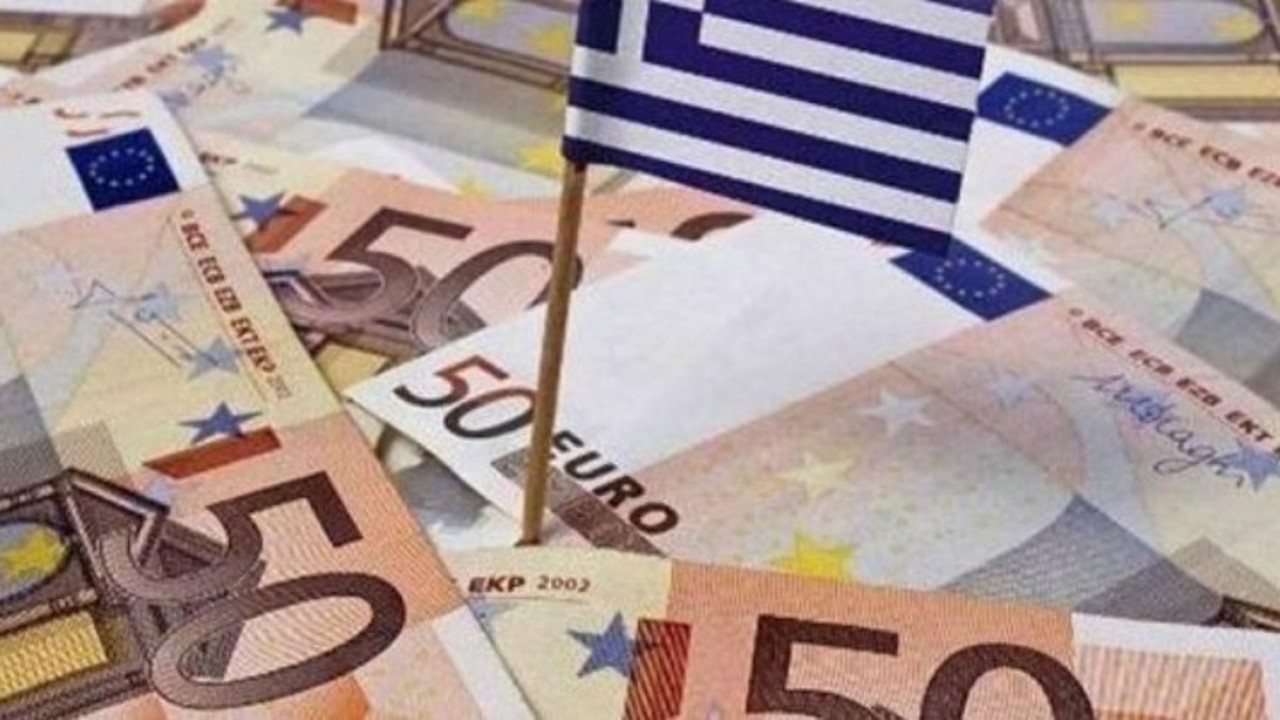The P.D.M.A. is waiting for a positive signal to take the new step for a new bond issue. That might be given by Standard and Poor’s (S&P) today, Good Friday. If in the end the American agency does not bypass (as Moody’s did a few months ago) and just declare its presence at the scheduled appointment of the Greek debt rating on April 22, then a positive report may give the opportunity to strengthen liquidity through a bond issue.
Such news – combined with a better than expected deficit for 2021 to be announced by Eurostat on the same day – could create the right conditions. P.D.M.A.’s moves are cautious as Greek borrowing costs had begun to rise since October 2021. At that time, the ten-year bond had risen to 1.338%, from a level of 0.847 in September 2021. Following the Russian invasion of Ukraine, the yield has remained “stuck” above 2.5% and is now traded close to 3% (2.92% yesterday). It is recalled that Greece is anxiously awaiting the verdicts of rating agencies in order to achieve the investment grade in 2023.
The climate among analysts, however, shows that maybe in April there will be a 10-year re-opening that was issued in January this year to raise 2 billion euros. JP Morgan analysts give Greece a chance to enter the markets by issuing a five-year or seven-year bond. The American bank also emphasizes in a recent report that it predicts that the Greece – Italy spread will remain stable in the medium term in relation to the current level of about 45 bp.
So a positive surprise from S&P would loosen the hands of the P.D.M.A. to drop fresh money into state coffers. Although Greece has built a strong cash cushion (based on last year’s cheap borrowing) of 40 billion euros, the state budget has embarked on new adventures. The needs for support of households and businesses are increasing due to energy costs and so the government is looking for European and national resources.
However, the government’s financial staff sends a safety signal even if in the hypothetical (and not in the basic) scenario the country does not enter the markets at all until the end of the year. It is noted that before the war, Greece had planned to issue securities worth 12 billion euros in 2022, while last year the country raised 15.5 billion euros. Indicative of last year’s low cost are the following: in February 2021 the issuance of a ten-year bond of 3.5 billion euros was at an interest rate of 0.75% and in March the thirty-year bond of 2.5 billion euros with an interest rate of 1.875%. In May 2021 the issuance of a five-year bond of 3 billion euros had an almost zero interest rate and in June 2021 it was followed by the reissue of the ten-year bond of 2.5 billion euros with a yield of 0.888%. In September 2021, the five-year and thirty-year bonds of 1.5 and 1 billion euros were a double reissue with yields of, respectively, 0.020% and 1.675%.




